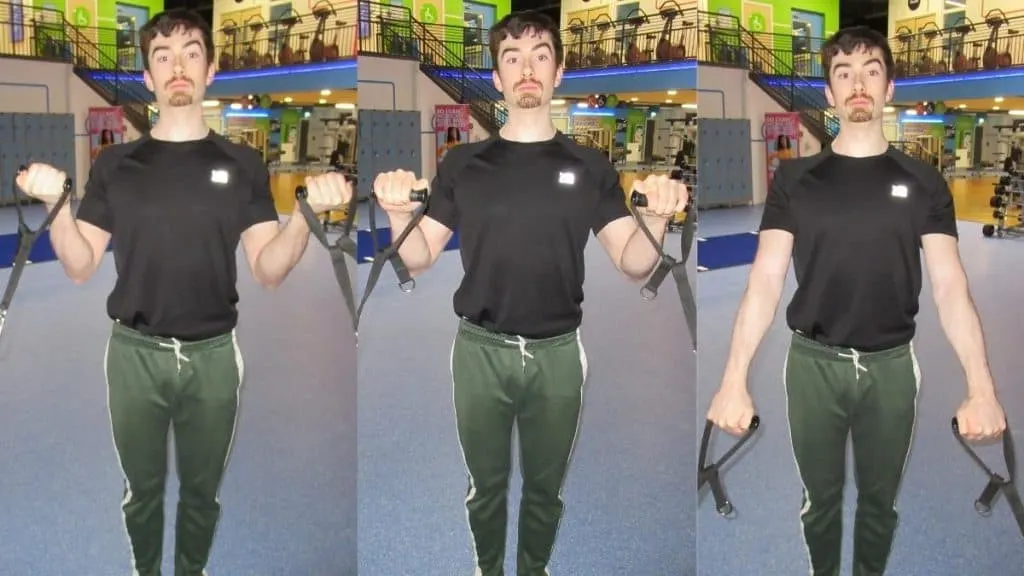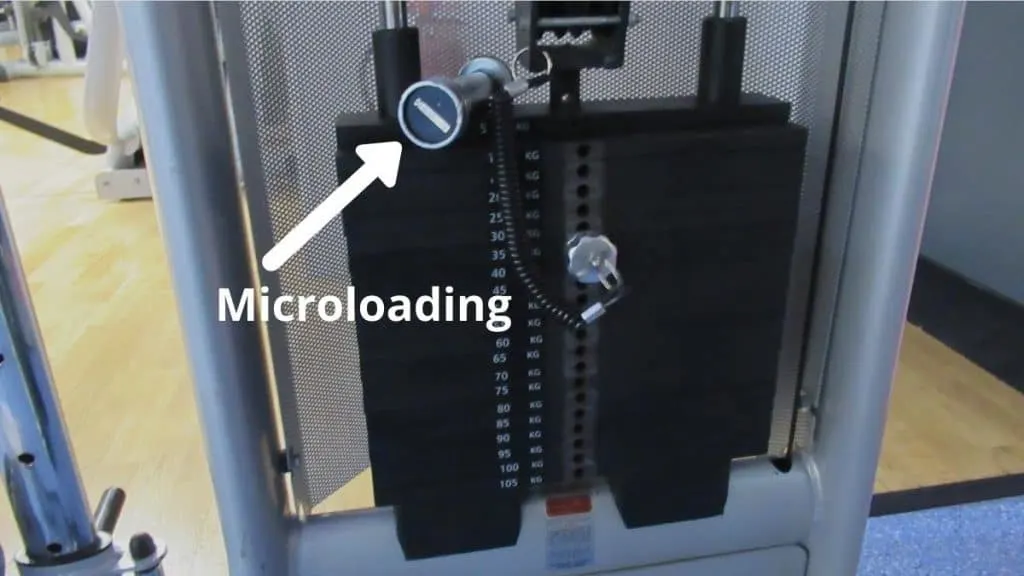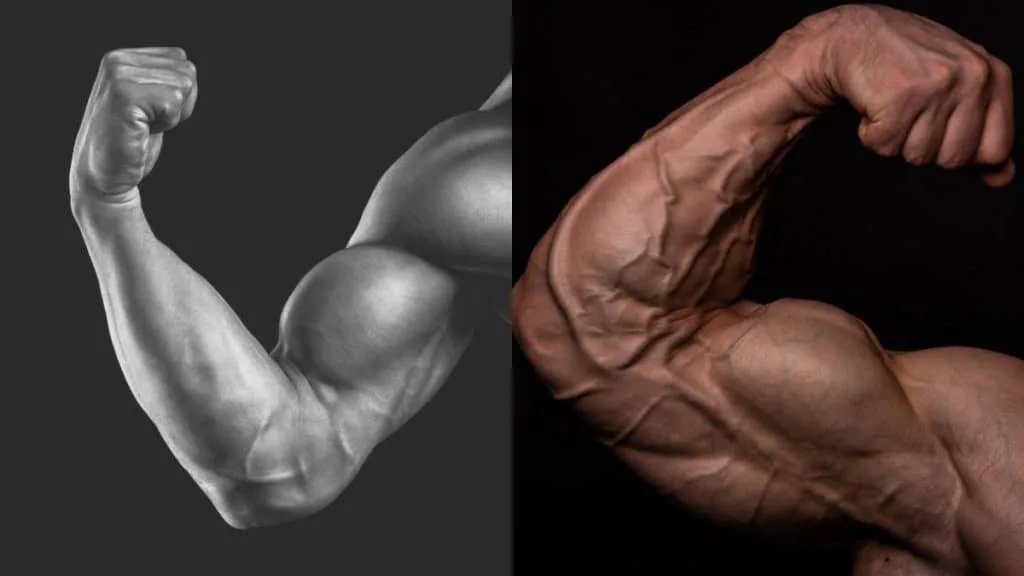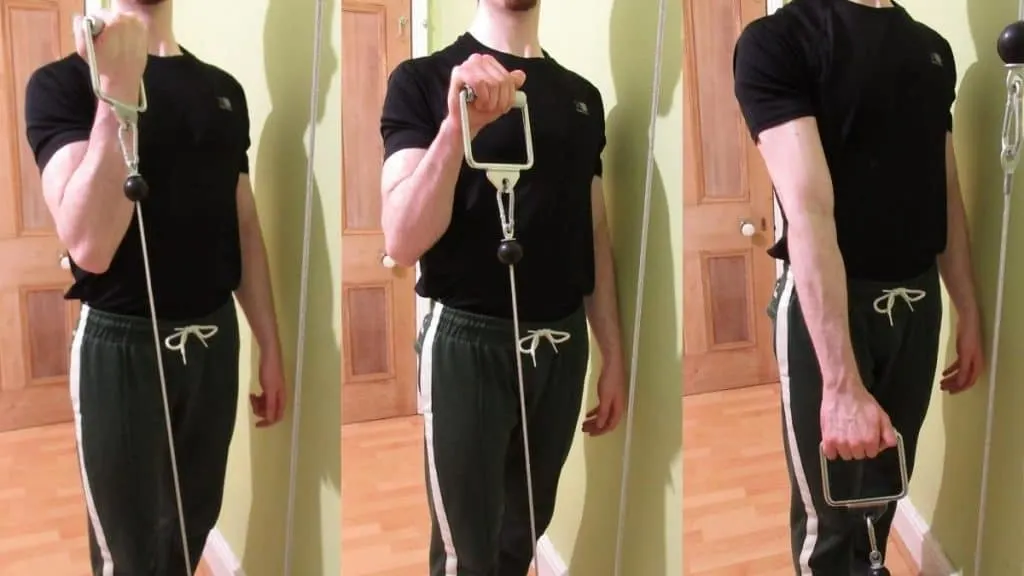Because of the biceps brachii attachments and insertions at the radial tuberosity and at the fascia of the forearm, the biceps have a dual function (elbow flexion and forearm supination) that you can take advantage of in order to maximize your arm development.
By performing Zottman bicep curls with cables, you get constant tension and the ability to overload your brachialis and brachioradialis muscles with extra resistance during the eccentric position of the rep.
This is because you have your biceps to help them out during the concentric phase, which means that you can lift more weight than your brachialis and brachioradialis would be able to handle alone—resistance that you can then use to overload these muscle during the eccentric part of the rep.
You can keep reading for a complete cable Zottman curl tutorial. But if you want to focus purely on working your biceps, then you can also check out our guide to standing cable bicep curls as well.
Cable Zottman curl exercise details
- Main Muscles: Biceps brachii, brachioradialis, brachialis
- Secondary Muscles: Forearm extensors, forearm flexors
- Exercise Type: Strength
- Exercise Mechanics: Isolation
- Difficulty Level: Intermediate
- Equipment Needed: Cable column, D handles
How to do cable Zottman curls
- Connect D handles to each side of a cable machine. Alternatively, use a single cable column if you want to train each arm separately.
- Face toward the machine and grab the handles with an underhand grip.
- Curl the handles toward your shoulders.
- Flex your biceps at the top of the rep, and then rotate your hands into a pronated (palms-down) position.
- Lower the weight under control until your arms are fully locked out.
- Switch your grip back to the underhand starting position so that you’re ready for the next rep.
- Repeat for 3-5 sets of 6-12 reps.
Cable Zottman curl advantages
Zottman curls make a great addition to any bicep workouts on the cable machine that you might perform because they build overall arm size. In other words, they don’t just focus on your biceps and forearms; they work all the muscles in your arms, which is ideal if you don’t have the time (or desire) to isolate each individual muscle.
Constant muscle tension

Cables are a unique piece of equipment. From the moment that you lift those weight plates off the stack, it’s down to your muscles to support the resistance. In other words, you can’t rest at the bottom of the repetition like you can with seated Zottman curls.
Therefore, your biceps, brachialis, and brachioradialis receive a more potent muscle growth stimulus because they have to work harder to complete each rep.
This also results in an intense muscle pump because your arms become engorged with lactic acid since they don’t have a chance to rest until the set is over. As such, your biceps and forearms will look leaner and more vascular while you’re doing cable Zottman curls because of the lactate accumulation in your muscles, which can actually lead to hypertrophy if your diet and recovery are on point. [1]
Great for strength gains

Savvy lifters love doing hammer cable curls and the like because cable weight stacks typically ascend in more manageable increments than free weights. This is particularly beneficial for relatively small muscles like the biceps and brachialis, where making a 5-10lb jump regularly with free weights would be close to impossible.
By taking advantage of the smaller weight jumps that are intrinsic to cables, you can gain strength faster and thus build your arms quicker because you’ll be overloading the target muscles with more resistance.
You can take this a step further by attaching convenient microplates to your machine. These little discs easily fit around the selector pin and are particularly handy if you’re a more advanced lifter who can’t always increase the weight on a consistent basis.
Limits muscular imbalances

Since you can only do cable Zottman curls with single handles due to the need to rotate your palms halfway through the movement, they’re naturally an excellent exercise for minimizing muscular imbalances.
This is because by moving each limb independently, you can easily ensure that both of your arms are receiving equal work and are thus growing in proportion. [2]
Should do Zottman curls with cables?

The Zottman cable curl is a brilliant exercise for building the biceps, brachialis, brachioradialis muscles because it provides constant tension and an intense pump. You can save time by training both arms together on a dual cable machine, or you can hone in on each individual arm by using a single cable column.
But if you don’t have access to cables or struggle to lift with the proper form, then you can always do a Zottman curl on a preacher bench instead, which will help to keep your body stabilized so that you can focus on giving your arms the best possible workout.
References
- Barron, J. T., & Parrillo, J. E. (1995). Production of lactic acid and energy metabolism in vascular smooth muscle: effect of dichloroacetate. American Journal of Physiology-Heart and Circulatory Physiology, 268(2), H713–H719. https://doi.org/10.1152/ajpheart.1995.268.2.h713
- Tucker, A. (2017, November 20). When Muscle Imbalances Can Be Dangerous—and How to Fix Them. SELF. https://www.self.com/story/muscle-imbalances

